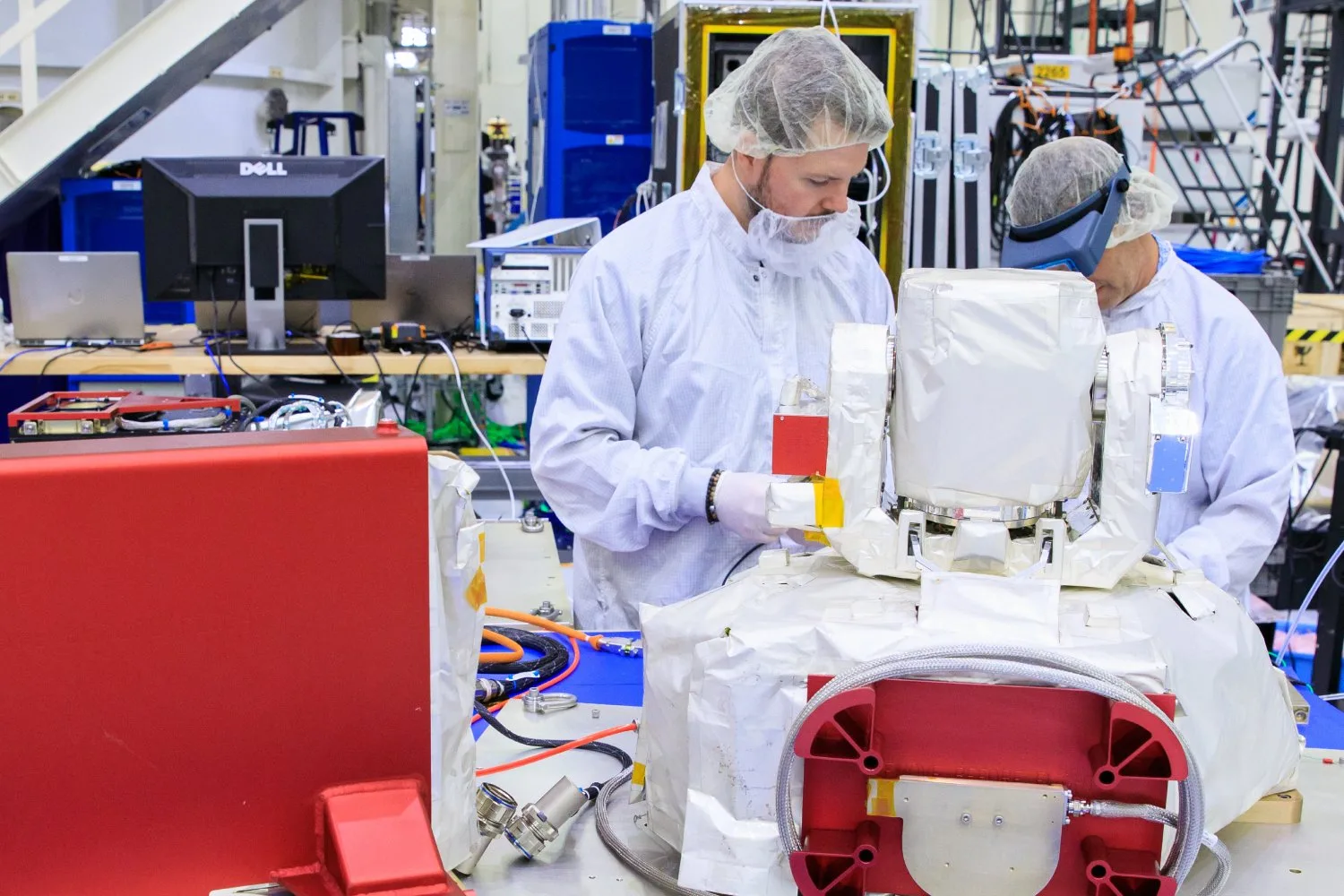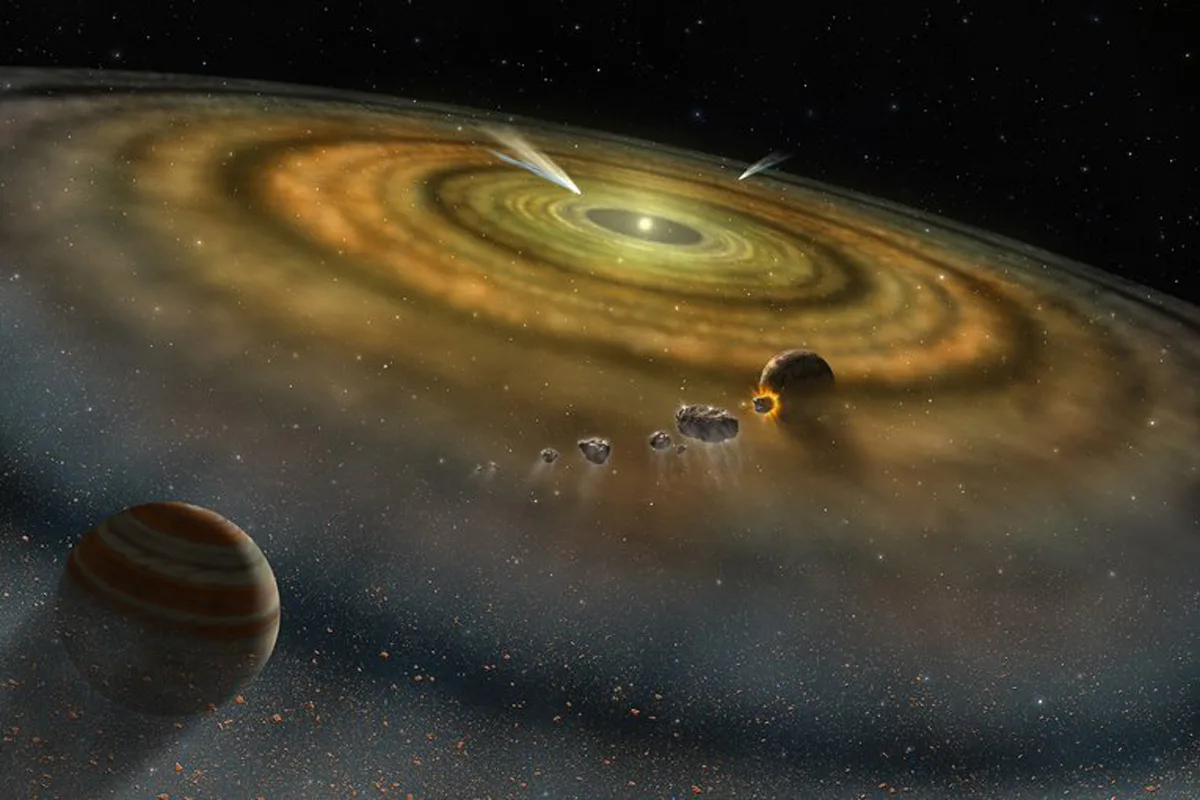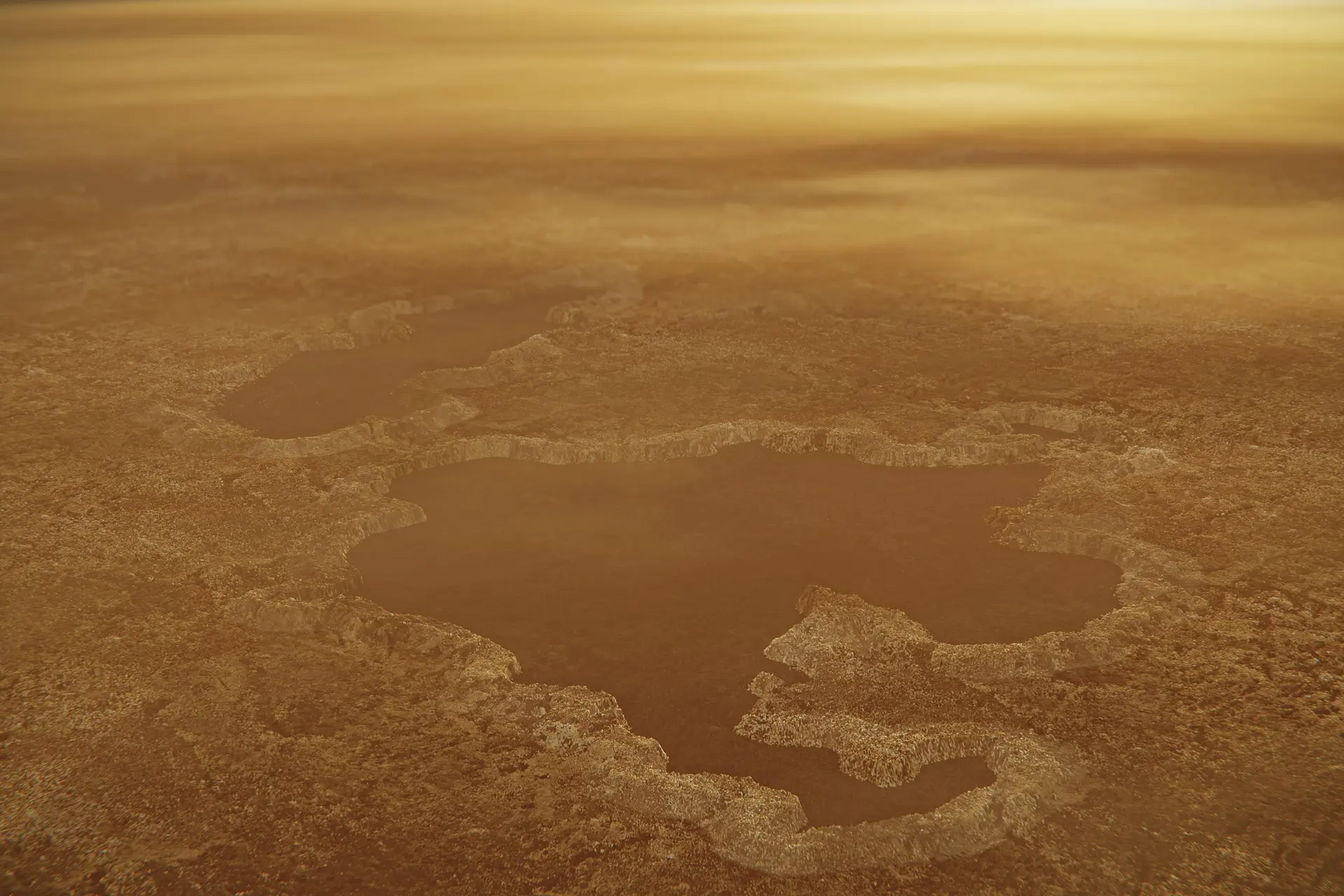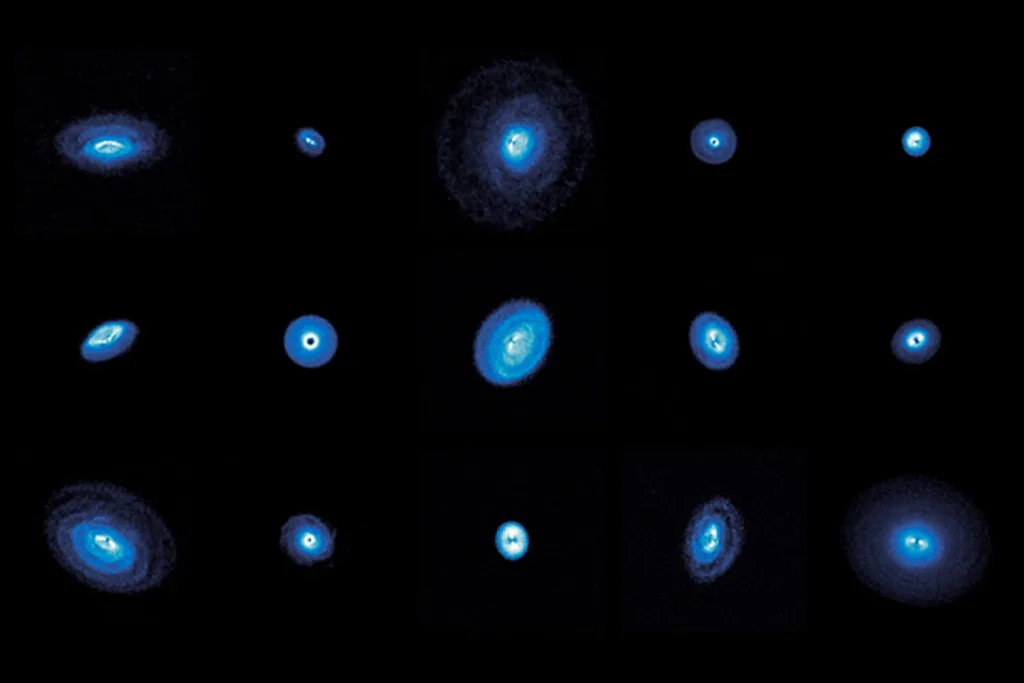In 1969, humanity witnessed an extraordinary milestone as Apollo 11 astronaut Neil Armstrong set foot on the moon, uttering the iconic phrase, “That’s one small step for a man, one giant leap for mankind.” Just three years later, Apollo 17 marked NASA’s final mission to land humans on the moon. Since that historic moment, no astronauts have ventured to the moon or traveled beyond low Earth orbit (LEO), a hiatus primarily influenced by changing political landscapes, budgetary constraints, and shifting priorities.
However, a new era of lunar exploration is on the horizon. NASA’s Artemis II mission, set to launch no earlier than September 2025, will herald the return of humans to the moon after more than five decades. Following the success of the uncrewed Artemis I mission in 2022, where NASA’s advanced spacecraft Orion successfully traveled farther than ever before, the upcoming 10-day Artemis II mission aims to lay the groundwork for Artemis III. This future mission aspires to not only land astronauts on the lunar surface but also establish a sustainable human presence on the moon and prepare for future manned missions to Mars.
Revolutionizing Communication with Laser Technology
The Artemis II mission is poised to make history not only as a leap in human space exploration but also by being the first crewed lunar journey to implement cutting-edge laser communication technologies, or lasercom. For over twenty years, researchers at MIT Lincoln Laboratory have been pioneering these technologies to meet the increasing demands of long-distance space exploration.
As spacecraft venture deeper into space and collect high-definition data—think 4K video and ultra-clear images—efficient transmission of this data back to Earth becomes crucial. By utilizing communication systems that encode information in infrared laser light instead of traditional radio waves, missions can transmit larger data volumes at greater speeds while conserving power. This innovation not only helps achieve more ambitious scientific discoveries but also optimizes spacecraft design by allowing for smaller instruments and longer battery life.
For Artemis II, the Orion Artemis II Optical Communications System (O2O) will relay high-resolution video and imagery of the lunar landscape back to Earth, vastly improving upon the grainy footage captured during the Apollo missions. Alongside this, O2O will enable data exchange, flight plans, voice communications, and more, establishing a swift communication channel between the astronauts aboard Orion and mission control on Earth. Capable of transmitting data at speeds of up to 260 megabits per second (Mbps), O2O will communicate with ground optical stations at either the White Sands Test Facility in New Mexico or the Jet Propulsion Laboratory’s Table Mountain Facility in California, both chosen for their minimal cloud cover to ensure clear laser signals.
Central to this optical communication effort is the Modular, Agile, Scalable Optical Terminal (MAScOT), developed by Lincoln Laboratory. Roughly the size of a house cat, MAScOT boasts a 4-inch telescope mounted on a precision gimbal that adeptly tracks laser beams to ensure clear communication signals. Beneath the gimbal sits the back-end optics assembly, which includes advanced components designed for precise laser beam targeting.
A Trail of Innovations
MAScOT first demonstrated its capabilities as part of the Integrated Laser Communications Relay Demonstration (LCRD) and the LEO User Modem and Amplifier Terminal (ILLUMA-T), which launched to the International Space Station (ISS) in November 2023. Shortly after its launch, ILLUMA-T successfully transmitted its first beam of laser light to the LCRD satellite situated 22,000 miles above Earth. Achieving this initial milestone, known as “first light,” demanded precise pointing and tracking of the laser beams between the dynamic spacecraft.
In the subsequent six months, the laboratory team conducted extensive tests to evaluate the system’s functions and usability for both human crews and applications. They confirmed that the optical link achieved impressive data rates of 622 Mbps down and 51 Mbps up, with tests later showing speeds of 1.2 gigabits per second down and 155 Mbps up.
“This initial demonstration of a two-way, end-to-end laser communications relay system, where ILLUMA-T served as the first LEO user for LCRD, marks a significant milestone for NASA and other space agencies,” stated Bryan Robinson, head of the Optical and Quantum Communications Group at the laboratory. “It sets the stage for optical relays on the moon and Mars.”
Following the establishment of the relay, the team examined how elements like laser power, wavelength, and solar angles influence terminal performance. They also participated in networking experiments using NASA’s delay/disruption tolerant networking protocols. A particularly notable experiment involved *streaming 4K video* from an aircraft over Lake Erie to various NASA centers, testing the capability of the system.
“Our achievements with ILLUMA-T create a solid foundation for transmitting HD video to and from the moon,” explained Jade Wang, co-principal investigator and assistant leader of the Optical and Quantum Communications Group. “Envision the Artemis astronauts engaging in video calls with physicians, coordinating mission tasks, and sharing live updates from the lunar surface!”
Preparing for Lunar Missions
The O2O mission for Artemis II will utilize the proven MAScOT design established during the ILLUMA-T mission. In July 2023, Lincoln Laboratory delivered the optical terminal to NASA’s Kennedy Space Center for integration and testing on the Orion spacecraft.
“As a federally funded research and development center, Lincoln Laboratory focuses on transferring technology to government partners,” noted lead systems engineer Farzana Khatri. “We not only transfer this technology but also collaborate with our partners to ensure success. In preparation for O2O, we are employing insights from the ILLUMA-T performance.” The team has also completed pre-mission dry runs to ensure cohesive operation among various teams involved in the mission.
August 2024 marked a pivotal moment for the O2O optical terminal with the successful completion of its mission readiness test, which unfolded in three phases. The first phase validated terminal command and telemetry functions, ensuring smooth operational flow. The second phase involved testing user applications, such as activating Orion’s HD cameras and performing mock file transfers to prepare for live communication. Finally, the third phase simulated numerous operations, including setting up optical hardware and managing terminal operations.
“Our objective for O2O is to demonstrate that this optical link is functional and advantageous for astronauts and the overall mission,” Khatri concluded. “The Orion spacecraft amasses significant data during its missions. Traditionally, this data remains on board until landing, taking months to be analyzed. With a high-speed optical link, this data could reach Earth within hours, allowing for immediate scientific analysis, all while keeping astronauts connected to Earth, inspiring future generations of explorers—much like the Apollo 11 crew did 55 years ago.”
The O2O initiative is financed by NASA’s Space Communication and Navigation program in Washington, D.C. Developed by a collaborative team from NASA’s Goddard Space Flight Center and Lincoln Laboratory, O2O is one of several laser communication initiatives, including the 2013 Lunar Laser Communication Demonstration, the 2021 LCRD, the 2022 TeraByte Infrared Delivery, and 2023’s ILLUMA-T.
Photo credit & article inspired by: Massachusetts Institute of Technology



